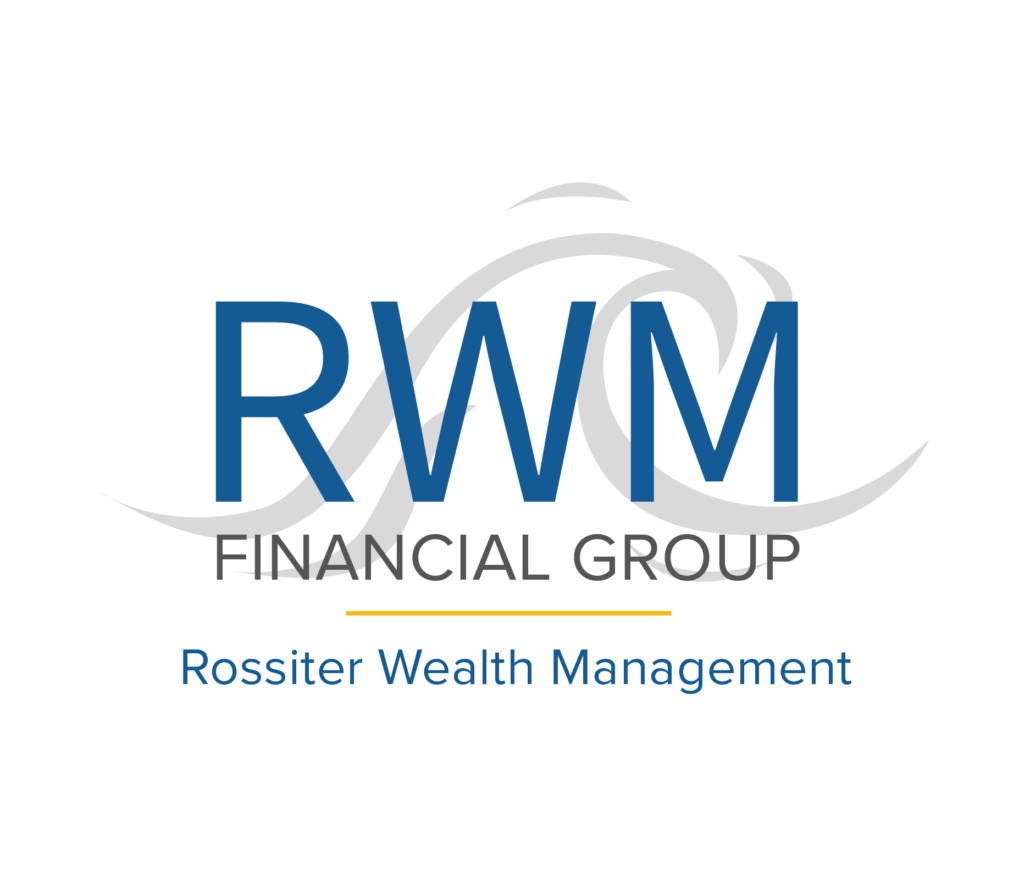In the world of financial advice, discovering reliable guidance can seem as challenging as finding a needle in a haystack. Amidst a myriad of conflicting opinions and concealed motivations, individuals often feel overwhelmed and uncertain. However, there’s a beacon of integrity in this chaos: fiduciary responsibility.
At RWM Financial Group, we hold ourselves to the highest standard of fiduciary duty, prioritizing the interests of our clients above all else. We believe that financial success is built on a foundation of trust, transparency, and expert guidance. As part of our commitment to empowering individuals with the knowledge they need to make informed decisions, we’re excited to share some valuable fiduciary tips to help you navigate the complexities of personal finance.
Tip 1: Choose Your Advisor Wisely
When it comes to selecting a financial advisor, not all are created equal. It’s crucial to choose an advisor who is held to a fiduciary standard, meaning they are legally obligated to always act in your best interests. This ensures that their advice is unbiased and free from conflicts of interest. Before entrusting someone with your financial future, be sure to ask if they are a fiduciary and inquire about their qualifications, experience, and approach to financial planning.
Tip 2: Understand Fees and Compensation Structures
Transparent fee structures are a hallmark of fiduciary advisors. Before engaging the services of a financial advisor, make sure you clearly understand how they are compensated. Fiduciaries typically charge fees based on a percentage of assets under management or a flat fee for financial planning services. Beware of advisors who earn commissions or receive kickbacks for selling specific products, as these incentives may influence their recommendations.
Tip 3: Establish Clear Goals and Objectives
Successful financial planning begins with a clear understanding of your goals and objectives. Whether you’re saving for retirement, planning for your children’s education, or building wealth for the future, articulating your priorities is essential. A fiduciary advisor can help you define your goals, develop a customized financial plan, and provide ongoing guidance to keep you on track.
Tip 4: Diversify Your Investments
Diversification is a cornerstone of sound investment strategy. By spreading your investments across a variety of asset classes, sectors, and geographic regions, you can help mitigate risk and improve your chances of achieving long-term returns. A fiduciary advisor can help you construct a diversified portfolio tailored to your risk tolerance, time horizon, and financial goals.
Tip 5: Stay Informed and Engaged
Financial planning is not a one-and-done activity but an ongoing process requiring regular review and adjustment. Stay informed about changes in the market, tax laws, and economic trends that may impact your financial situation. Schedule regular check-ins with your fiduciary advisor to review your progress, reassess your goals, and make any necessary course corrections.
Conclusion
Navigating the complexities of personal finance can be daunting, but with the guidance of a valued fiduciary advisor, it’s entirely achievable. At RWM Financial Group, we’re dedicated to helping our clients achieve their financial goals with integrity, transparency, and expertise. By following these fiduciary tips and partnering with a fiduciary advisor, you can take control of your financial future and unlock new opportunities for success. Contact us today to learn more about how we can help you on your journey to economic well-being.
This material was created for educational and informational purposes only and is not intended as ERISA, tax, legal or investment advice. If you are seeking investment advice specific to your needs, such advice services must be obtained on your own separate from this educational material.


